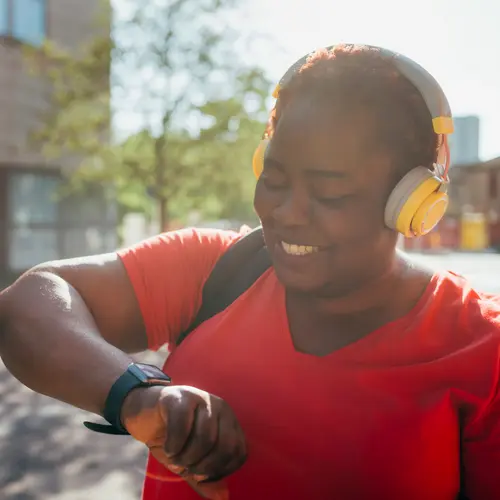Not everyone with type 2 diabetes has to take insulin. But if you do, you and your doctor will decide the best schedule and insulin dose for you. You may also need to figure out some dosages on your own, especially if your needs change.
Insulin Treatment Plans
To keep your blood sugar in a safe range, you may take long-acting insulin, short-acting insulin, or both. Doctors usually recommend trying long-acting insulin first.
Long-acting (basal) insulin. This is sometimes called background insulin because it works for 24 hours or more. You usually take it once a day at the same time.
There are a few types of long-acting insulin. Each has its own dosage. Depending on the type, you might start with 10 units a day. Or your doctor may base the first dose on your weight, based on about 0.2 units for every 2.2 pounds. This may be less than you need, but it’s a good starting point. Your dose may go up two to four units every 3 days until you reach your fasting blood sugar target. That’s usually 80 to 130 mg/dL. The type of insulin your doctor chooses depends on your weight, blood sugar, any other health problems you have, the cost, and your preferences.
Short- or rapid-acting insulin. Your doctor might call this bolus, prandial, or mealtime insulin. You take it before meals to help your body process carbohydrates from food. You may need it if long-acting insulin isn’t enough. The right dose depends on your target blood sugar level, how many carbs you’re eating, and how active you are. You might start with four to six units of insulin. Your dose may go up two to three units every 3 days until you reach your blood sugar target.
Another way to do this is to match your insulin to the amount of carbs you eat. For example, let’s say you have a slice of pizza that has 60 grams of carbs. One unit of rapid-acting insulin usually takes care of or “covers” 10 carbs. So you would need 6 units of insulin to cover your pizza. With this method, you need to know your insulin-to-carb ratio. It could be more or less than 1:10. The ratio can also change through the day and over time. Check with your doctor to get the right formula for you.
Insulin Overdose
Too much insulin can cause your blood sugar to nosedive. Low blood sugar (hypoglycemia) can be serious and even threaten your life.
Several things can put too much insulin in your system. You might:
- Accidentally inject too much
- Mix up short- and long-acting insulin
- Use too much insulin for a low-carb meal
- Forget to eat
- Exercise more than normal without changing your dose
Everyone has different low blood sugar symptoms. Some common ones to watch for:
The only way to know for sure you have low blood sugar is to check your glucose level. If it’s less than 70 mg/dL, have 15 grams of glucose tabs, juice, or honey to bring it back to a safe range. Check again in 15 minutes. If it’s still low, have another serving.
What About Apps?
Some apps claim they can figure out your insulin-to-carb ratio or insulin dose for you. But a 2015 study found that many didn’t work so well, which is risky. If you want to try an app, have your care team recommend one.

